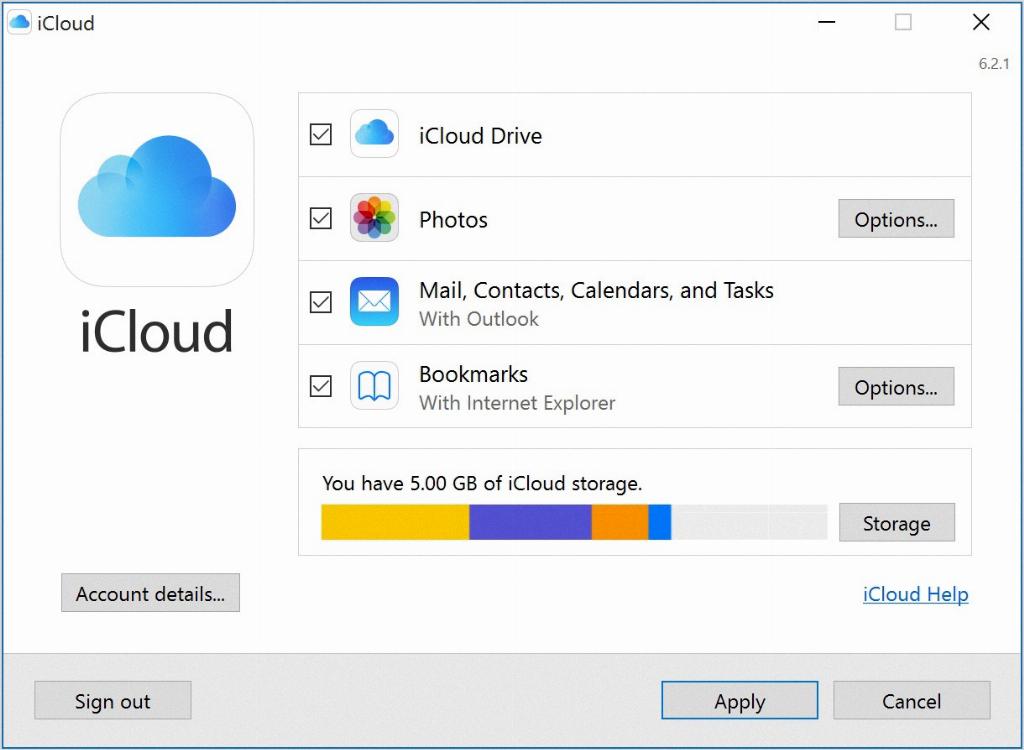Backing up your iPhone or iPad is essential to ensure that your valuable data is safe and easily recoverable in case of device loss or damage. The iCloud service offered by Apple provides a convenient and secure way to back up your iOS device effortlessly. In this guide, we will walk you through the simple steps to back up your iPhone or iPad using iCloud.
1. Connect to a Wi-Fi Network
Ensure that your device is connected to a Wi-Fi network before initiating the backup process. iCloud backups require a stable internet connection to securely store your data on the cloud.
2. Access iCloud Settings
To begin the backup process, navigate to your device’s Settings and tap on your name. From there, select the iCloud option to manage your iCloud settings and backup preferences.
3. Select iCloud Backup
Within the iCloud settings, locate and tap on the iCloud Backup option. This will allow you to configure your device to automatically back up its data to iCloud for peace of mind.
4. Initiate the Backup
Once you have selected the iCloud Backup option, tap on the “Back Up Now” button to trigger the backup process. Ensure that your device remains connected to the Wi-Fi network until the backup is complete.
5. Monitor the Backup Progress
While the backup is in progress, you can monitor its status and track the estimated time remaining for the process to complete. This allows you to stay informed about the backup’s progress.
6. Check Last Backup Date
After the backup is successfully completed, you can verify the date and time of your last backup under the “Back Up Now” button. This information helps you confirm that your data has been securely backed up to iCloud.
7. Automatic iCloud Backups
To ensure continuous data protection, you can enable automatic iCloud backups on your device. This feature allows your iPhone or iPad to regularly back up its data to iCloud without manual intervention.
8. Data Backup Customization
Within the iCloud Backup settings, you can customize which data and apps are included in the backup. This flexibility enables you to prioritize critical information and optimize storage usage on iCloud.
9. Storage Management
If you encounter storage constraints on your iCloud account, consider upgrading to a higher storage tier to accommodate additional data backups. This ensures that you have sufficient space to store all your essential information.
10. Restore from iCloud Backup
In the event of device loss or a new device setup, you can easily restore your data from an iCloud backup. This streamlined process allows you to retrieve your information seamlessly and continue using your device efficiently.
11. Backup Frequency
It is recommended to back up your iPhone or iPad regularly to capture the latest changes and additions to your data. Setting up periodic iCloud backups ensures that your information is up to date and protected.

12. Data Security and Reliability
By leveraging iCloud for your device backups, you benefit from Apple’s robust security measures and reliable cloud infrastructure. Rest assured that your data is encrypted and safeguarded on iCloud for enhanced data protection.
